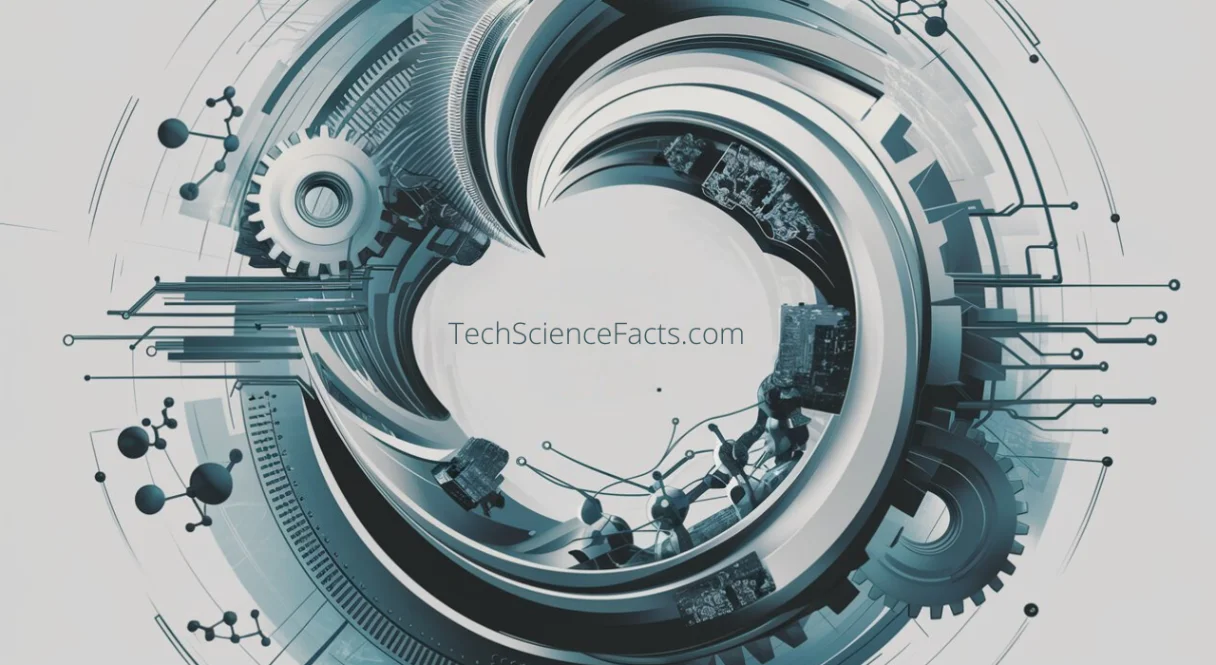A Note About Images: The images used in our articles are for illustration purposes only and may not exactly match the content. They are meant to engage readers, but the text should be relied upon for accurate information.
Are you intrigued by the intricate world of eukaryotes? These complex organisms, encompassing a vast array of plants, animals, fungi, and protists, have shaped Earth’s ecosystems and biodiversity in remarkable ways. From their remarkable cellular structures to their role in evolutionary history, eukaryotes never cease to amaze. Join us on a journey of discovery as we uncover eight astonishing facts that showcase the uniqueness and achievements of eukaryotes.
Unraveling the Complexity of Eukaryotic Cells
Eukaryote cells are renowned for their extraordinary complexity, housing specialized structures and organelles crucial for their functions. Unlike prokaryote cells, eukaryotic cells boast a distinct nucleus and membrane-bound organelles that allow them to carry out intricate biological processes. This intricate cellular organization is pivotal in driving the evolution of life on Earth.
Dominance of Eukaryotes in the Biosphere
Eukaryotes have achieved unparalleled dominance in the biosphere, ranging from microscopic protists to majestic trees. Their ability to thrive in diverse habitats and adapt to various ecological niches has contributed to their widespread distribution worldwide. Eukaryotes have harnessed their cellular complexity to shape Earth’s ecosystems in profound ways.
The Vital Role of Mitochondria in Energy Production
Mitochondria, the powerhouses of eukaryotic cells, play a crucial role in energy production through cellular respiration. These organelles are believed to have originated from ancient symbiotic relationships between eukaryotes and aerobic bacteria. This unique partnership underscores the evolutionary adaptability of eukaryotes.
Embracing Sexual Reproduction in Eukaryotes
One of the intriguing facts about eukaryotes is their capacity for sexual reproduction, a process that fosters genetic diversity and adaptability. By fusing gametes from two parents, eukaryotes generate offspring with a wide range of genetic variations. This diversity enhances their resilience to changing environments and drives evolutionary success.
Exploring the Extensive Endomembrane System
Eukaryotic cells boast an elaborate endomembrane system comprising membranes like the endoplasmic reticulum and Golgi apparatus. This complex network facilitates vital cellular processes such as protein synthesis, secretion, and cellular component recycling. The presence of this system underscores the sophistication of eukaryotic cells.
Structural Support Through the Cytoskeleton
Eukaryotes possess a cytoskeleton composed of microtubules, microfilaments, and intermediate filaments that provide structural support and enable cellular movement. This internal framework helps cells maintain their shape, facilitate cellular locomotion, and aid in organelle transport. The cytoskeleton is essential for eukaryotic cells to carry out diverse functions effectively.
Evolution of Multicellularity in Eukaryotes
Multicellularity is a defining feature of eukaryotes, enabling the formation of specialized tissues and organs. This evolutionary advancement has paved the way for the development of complex organisms with intricate body plans. From microscopic algae to multicellular animals, eukaryotes exhibit a diverse range of multicellular forms.
Diverse Sizes Across the Eukaryotic Spectrum
Eukaryotes showcase a striking range of sizes, from tiny unicellular protists to towering sequoia trees. This diversity in size reflects their adaptability and evolutionary success across ecological niches. From the tiniest organisms to the largest mammals, eukaryotes encompass a remarkable spectrum of sizes shaping today’s biodiversity.
Marveling at the Astonishing World of Eukaryotes
In conclusion, eukaryotes stand as fascinating organisms with a plethora of astonishing facts that highlight their complexity and diversity. Their intricate cellular structures, diverse reproductive mechanisms, and evolutionary achievements have shaped life on Earth profoundly. By unraveling the captivating facts about eukaryotes, we gain a deeper understanding of the wonders of the natural world and the vital role these organisms play in maintaining ecological balance.
FAQs About Eukaryotes
-
What is a eukaryote?
A eukaryote is an organism with cells containing a nucleus and membrane-bound organelles, showcasing greater complexity than prokaryotes. -
Examples of eukaryotes?
Eukaryotes include animals, plants, fungi, and protists, with humans, trees, mushrooms, and algae as prime examples. -
Importance of eukaryotes?
Eukaryotes play crucial roles in oxygen production, decomposition, and food source production, vital for ecosystem balance. -
Reproduction in eukaryotes?
Eukaryotes reproduce through sexual and asexual methods, fostering genetic diversity and adaptability in populations. -
Significance of eukaryotes in evolution?
Eukaryotes have significantly contributed to the evolution of life on Earth, shaping biodiversity and ecological relationships.
Dive deeper into the mesmerizing world of eukaryotes and uncover the mysteries and marvels that drive their enduring success. Explore the intricacies of their cellular functions, evolutionary adaptations, and ecological significance to gain a profound appreciation for these extraordinary organisms. Join us in celebrating the diversity and complexity of eukaryotes as we continue to unravel the secrets of life’s evolution on our planet.






